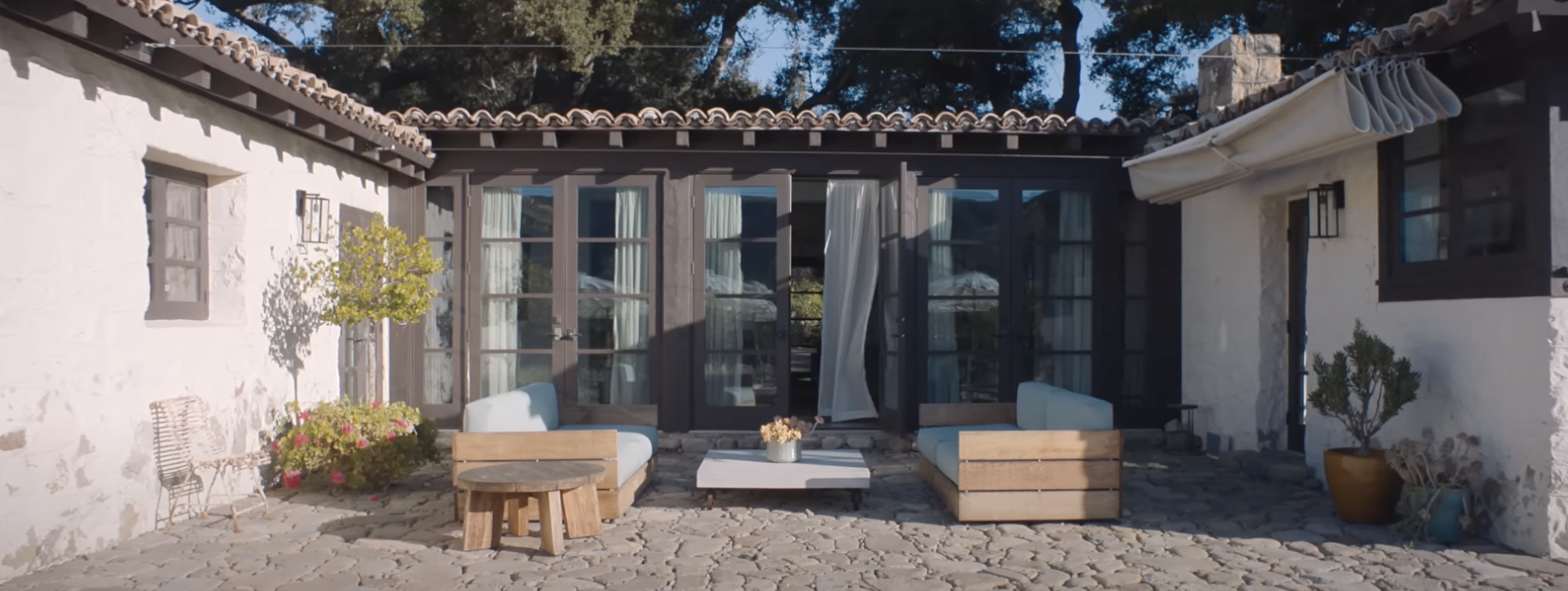Art, amirite? We all have our opinions. And this is why The Art of Making It is such an ambitious project.
It’s a documentary about the art world, but a story, too. Its underdogs are . . . the vast majority of artists alive today. They create (and sometimes go into massive debt to learn how to create) art because they cannot imagine doing otherwise. Many make no money from their passion, subsisting on unrelated jobs. The only way to better their situation seems to be when a rich, connected hand of a university/museum/gallery decides that this human is now worthy of making it money.
But maybe that’s a cynic’s view. In this one, we hear all sorts of opinions about the state of things. Artists and thinkers; curators, gallerists, and teachers share their thoughts. Sometimes contrasted in back-to-back scenes, any theoretical disagreement becomes for us a fun kind of cringe-worthy.
So do we care about any of this? And is watching this like doing philosophy homework? Well, art, like any other profession or expression, is a funnel for human thought. Without it the soup of our world would be less rich. As an exploration of whether that particular funnel might be clogging right now, this movie does us all a service.
As for watchability, you’ll find everything from light to heavy in this one; personal moments with sympathetic people, but so too ideas about history and the future of us all, often presented in a visually-engaging way. Interesting, patient, and informative, The Art of Making It is a work of art all its own.
shoutout to my main meme jerrygogosian — you da beast!




